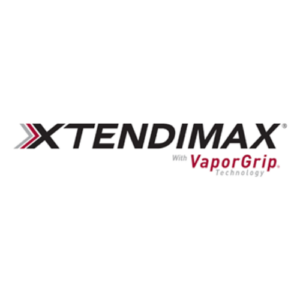On February 6, 2024, the U.S. District Court of Arizona issued a ruling that nullifies the 2020 registration of three dicamba herbicides used on cotton and soybean crops:
These products are known as “over-the-top” (OTT) herbicides because they are approved for use as post-emergence herbicides and are sprayed on cotton and soybean crops once leaves and weeds start growing on them. Some estimate that as many as 40 million U.S. dicamba-tolerant soybean and cotton acres will be impacted by the ruling. The Arizona court ruled that the U.S. Environmental Protection Agency (EPA) failed to meet the legal public disclosure and comment period before reapproving dicamba products for post-emergence application in 2020.
The U.S. EPA subsequently issued an “Existing Stocks” order on February 14, indicating that growers would still be able to use the products in 2024. The order authorizes “limited sale and distribution of dicamba products that are already in possession of growers or in the channels of trade and outside the control of pesticide companies.” This applies to any stocks in the sales/distribution pipeline before February 6, 2024.
Growers are allowed to use these OTT dicamba products on corn and soybean in accordance with label instructions in 2024 only. The “Existing Stocks” order may result in low supply at a time when demand is high, which could lead to an increase in the prices of the remaining stocks of dicamba. However, the ruling comes at a time when most chemical and seed inputs have already been purchased by growers for the current crop year.
Other options exist to control weeds on cotton and soybean, including glyphosate, PPO-inhibiting herbicides such as Ultra Blazer (UPL), Flexstar (Syngenta), and Cobra (Valent), ACCase-inhibiting herbicides such as Select (Valent) or Assure II (Amvac), and glufosinate. This ruling emphasizes the importance of a strong preemergence herbicide program and using multiple types of herbicides as part of an integrated weed management plan. Additionally, non-chemical methods of weed control such as crop rotation and row spacing can help control weeds.
For more information on Kline’s related reports, see Seed Treatment , Leading Distributors on Crop Protection, and Biopesticides or contact us.




